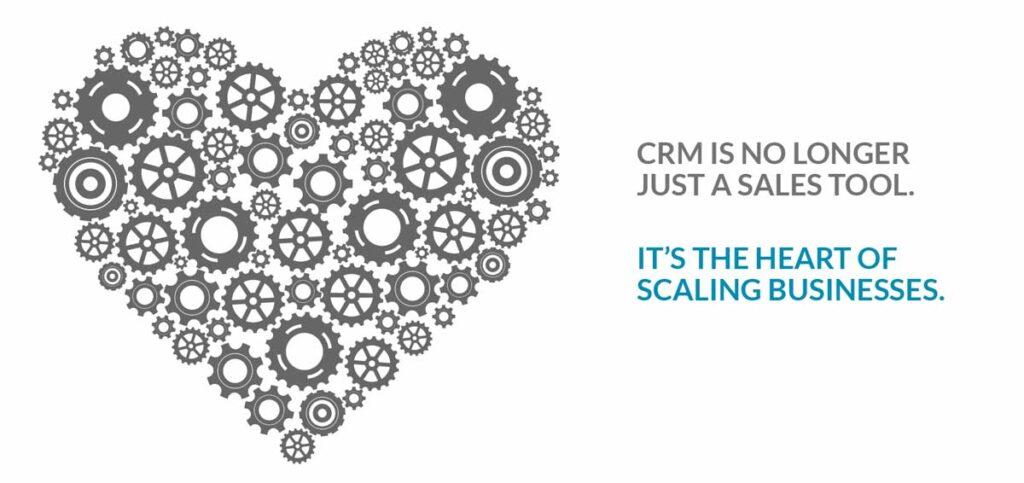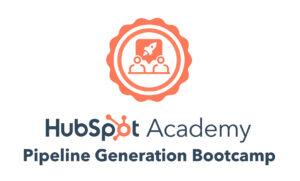Artificial intelligence (AI) has become an integral component of modern marketing and website copywriting. AI writing tools like Jasper and Writesonic are helping businesses create content in new ways. As of this writing, the technology is starting to appear integrated into other tools that many of us are already using for marketing, including Grammarly’s GrammarlyGO, and HubSpot’s ChatSpot.
AI writing tools are capable of producing quality marketing content quickly and efficiently, but getting the most out of these tools requires a learning curve, experimentation, research, and good editing skills.
What Are AI Writing Tools?
AI has been around for decades, long before AI writing tools were developed. Today, AI is used in many different fields, from healthcare and finance to security and military applications. Business and marketing software has long included AI for features like chatbots, automation, product recommendations, and more.
Lately, generative AI has exploded, including AI writing tools. These are computer programs that leverage AI-driven natural language processing (NLP) algorithms and are designed to assist writers in creating written content (obviously). They use natural language processing and machine learning algorithms to understand context, generate ideas, analyze data, and refine drafts. AI writing tools can help marketing writers create content more efficiently and effectively by generating ideas, expanding on concepts, editing bad grammar, and suggesting improvements to word choice.
How To Use AI Writing Tools for Marketing
At Bynder Group, we use AI writing tools to help create content for our clients and ourselves more quickly and efficiently. While AI has proven helpful in saving time, it also requires some skill and experience in understanding how to get the best output.
One of the biggest drawbacks of using AI for marketing content is the risk of producing low-quality content. AI writing tools can often produce copy that is repetitive or does not accurately reflect the company’s brand and tone. Additionally, AI tools are not (yet) able to capture subtle nuances in language, which may lead to misunderstandings or misinterpretations.
To ensure quality content, it is important to spend time refining the output of AI writing tools with careful editing before publishing. Additionally, setting clear guidelines on topics and brand language can help steer AI copywriting in the right direction.
Tips For Getting the Most Out of Generative AI Software for Marketing
Using AI Writing Tools for Website Copy
AI writing tools can be useful for creating website copy, such as product descriptions, customer reviews, and landing pages. They can be used to quickly generate a first draft of content without having to spend hours researching and crafting each sentence by hand. This saves time allowing businesses—particularly those with limited budgets—to focus their resources on other equally important tasks. What’s more, when used properly these tools can help ensure consistency across all of your website’s pages by ensuring that each page follows the same style guide and tone of voice.
Using AI Writing Tools for Marketing Copy
AI writing tools can also be used for creating marketing copy, such as email newsletters and social media posts. These tools make it easier for businesses to craft engaging, personalized messages and help generate new ideas for content. For example, users can feed their customer data into an AI tool which will then generate personalized emails tailored to each customer’s needs and interests. When used in tandem with a CRM and marketing platform like HubSpot, the results are genuinely compelling.
Using AI Writing Tools for Content Idea Generation
Using AI writing tools to generate blog ideas can be a great way to quickly come up with creative and interesting topics. By feeding data into the AI writing tool, such as current events and industry news, as well as keyword phrases related to your topic of choice, you can quickly generate lists of new topics.
Using AI Writing Tools for SEO and Content Strategy
By feeding in relevant keyword phrases, AI writing tools can suggest topics likely to rank highly on search engine results pages (SERPs). Additionally, these tools can be used to generate new versions of existing content, keeping it fresh and helping to ensure that it performs well for search.
Writer Assist vs. Auto-Pilot
Using AI writing tools for marketing content has the potential to revolutionize how businesses produce copy and reach their audience. However, it is important to remember that AI is still in its early stages, and it can take time to master the tools and ensure quality output. AI writing tools should be used with great care and as part of a larger marketing strategy which includes other methods of generating original content ideas and engaging customers. With proper use and careful editing, these tools can be handy for creating engaging content that resonates with your audience.
Make the Most of Your AI Writing Tools with These Best Practices:
- Edit, edit, edit: Ensure your brand’s voice and style are present.
- Proofread (and edit more): Don’t hit “publish” without proofreading and editing your copy.
- Enhance: Don’t rely only on AI-generated copy; balance it with human-written content.
- Verify: Make sure you take a close look at and correct any content that may be biased, offensive, misleading, or just wrong, especially facts and statistics.











